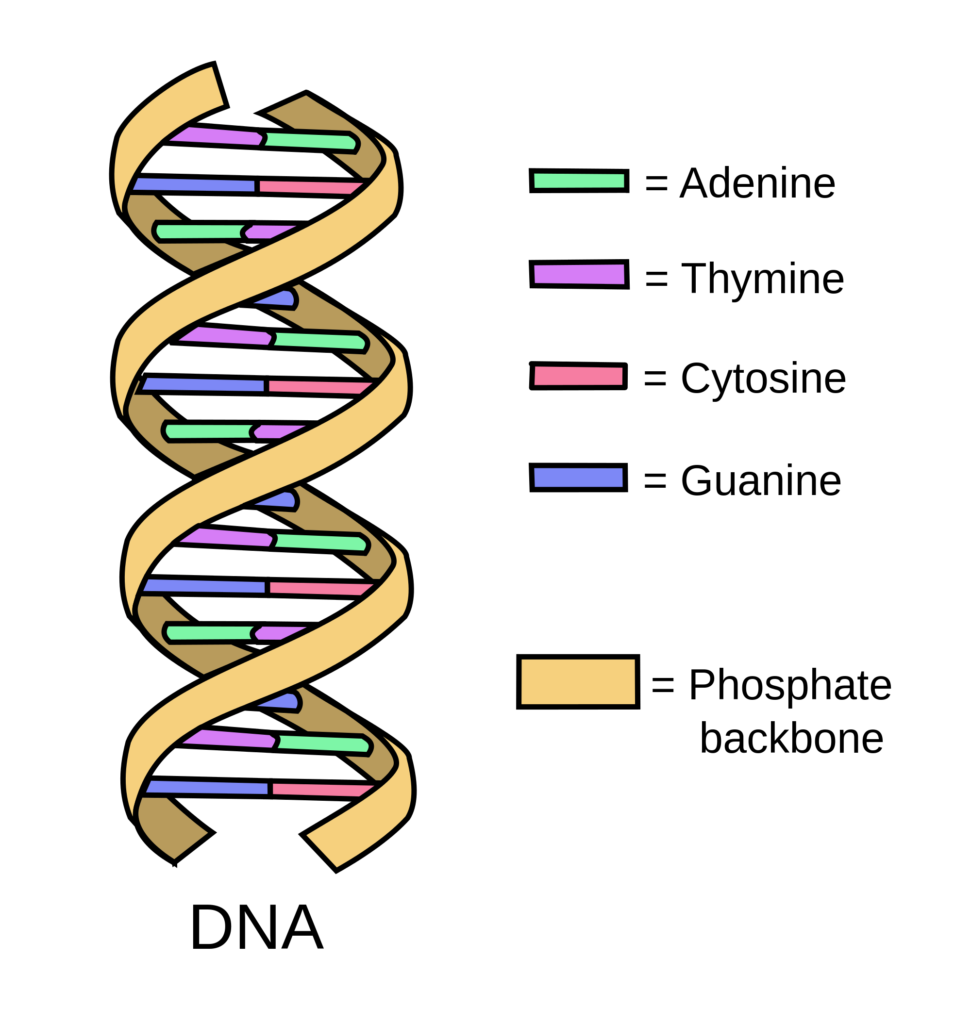DNA sequencing is like decode a puzzle, trying to expose the secrets covered within our DNA. Visualize a long string of letters, a code that carry the blueprint of life. This code dictates everything from our physical characteristics to our susceptibility to certain diseases.

And thanks to DNA sequencing technology, scientists and medical professionals are now able to read and understand this code like never before.
WHAT EXACTLY IS DNA SEQUENCING?
In simple terms, it’s the process of determining the precise order of nucleotides within a DNA molecule. And just like any mystery, there are different techniques that can be used to uncover the truth. One of the most widely used methods is called Sanger sequencing.
Developed in the 1970s, this method uses a process called dideoxy chain termination to determine the sequence of nucleotides in a DNA fragment. This method is based on the ability of the DNA polymerase enzyme to add nucleotides to a growing strand of DNA. By adding nucleotides that are labeled with a fluorescent tag, researchers can determine the sequence of the DNA fragment.
The process involves four main steps: denaturation, annealing, extension and detection. This method is relatively simple, but has a low throughput and is relatively expensive. Think of it like a game of detective, where scientists are trying to figure out the exact order of the letters in the code.
But just like any good mystery, technology has advanced, and new methods have been developed. Enter Next-Generation Sequencing (NGS) – a game changer in the field of genetics. This method, developed in the 2000s, uses high-throughput sequencing technologies that can simultaneously sequence millions of DNA fragments.
NGS methods are faster, cheaper, and more accurate than Sanger sequencing, and have a much higher throughput. There are several different NGS techniques, each with its own advantages and disadvantages. Some of the most popular NGS platforms include:
Illumina sequencing: This method uses reversible terminator-mediated sequencing-by-synthesis. It is one of the most widely used NGS platforms and is known for its high accuracy and low cost.
PacBio sequencing: This method uses single molecule, real-time (SMRT) sequencing. It is known for its long read lengths and high accuracy, making it useful for applications such as genome assembly.
Nanopore sequencing: This method uses a nanopore to read DNA molecules as they pass through the pore. It is known for its long read lengths and the ability to sequence both DNA and RNA, making it useful for applications such as transcriptomics.
It’s like having a team of detectives working on the case all at once, making the process faster, cheaper and more accurate.
WHAT ARE THE APPLICATIONS OF THIS TECHNOLOGY?
DNA sequencing has a wide range of applications across many different fields, including genetics, medicine, agriculture, and biotechnology. Some of the key applications include:
Medical genetics: DNA sequencing is used to identify genetic mutations that cause inherited diseases and genetic disorders. This information can be used to develop new treatments and therapies for these conditions.
Cancer research: By sequencing the DNA of cancer cells, researchers can identify mutations that drive the growth and spread of tumors. This information can be used to develop new cancer treatments and therapies.
Personalized medicine: DNA sequencing can be used to identify genetic variants that increase the risk of certain diseases. This information can be used to tailor treatments and therapies to the individual patient, leading to more effective and personalized care.
Agriculture: DNA sequencing is used to improve crop yields and develop new, more resilient crop varieties. This can help to address food security issues and improve agricultural sustainability.
Biotechnology: DNA sequencing is used to identify and understand the genetic makeup of microorganisms, plants, and animals. This information can be used to develop new drugs, vaccines, and other biotechnology products.
Environmental research: DNA sequencing can be used to study the genetic diversity of organisms in natural ecosystems and to understand how they respond to environmental changes.
Forensics: DNA sequencing is used to identify individuals in forensic investigations, and to help identify missing persons and human remains.
Human evolution: DNA sequencing has been used to study the genetic diversity of human populations and to trace the evolutionary history of human populations.
In short, DNA sequencing is like solving a mystery, and the possibilities are endless. With new techniques and the ability to sequence DNA at a large scale, the potential applications continue to grow and will have a significant impact on many areas of science and medicine in the future. Who knows what secrets will be uncovered next? The only thing we know for sure is that the story of DNA sequencing is far from over.


